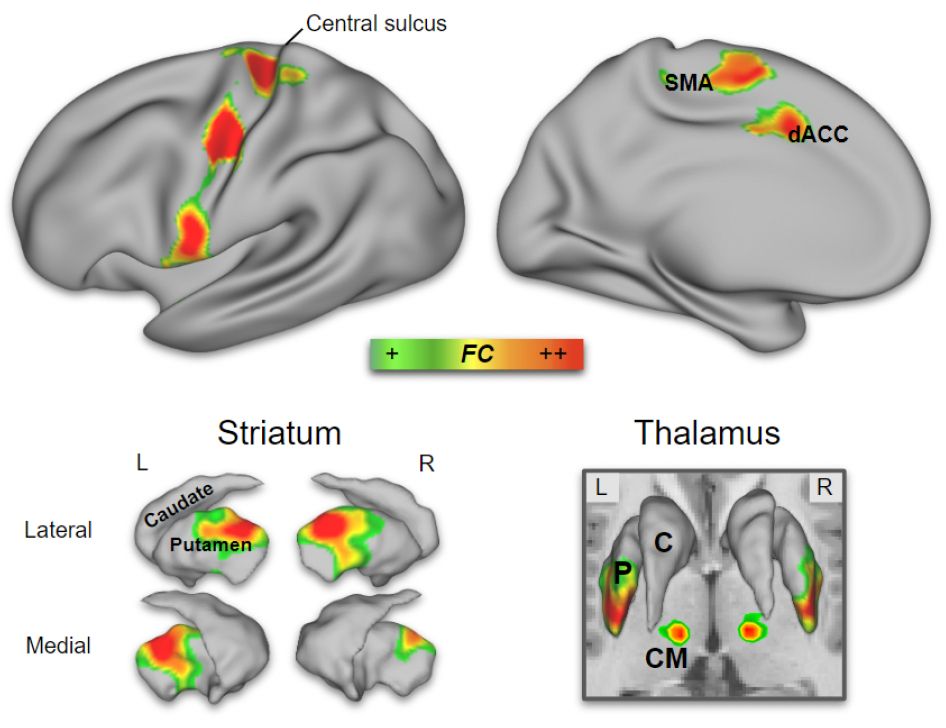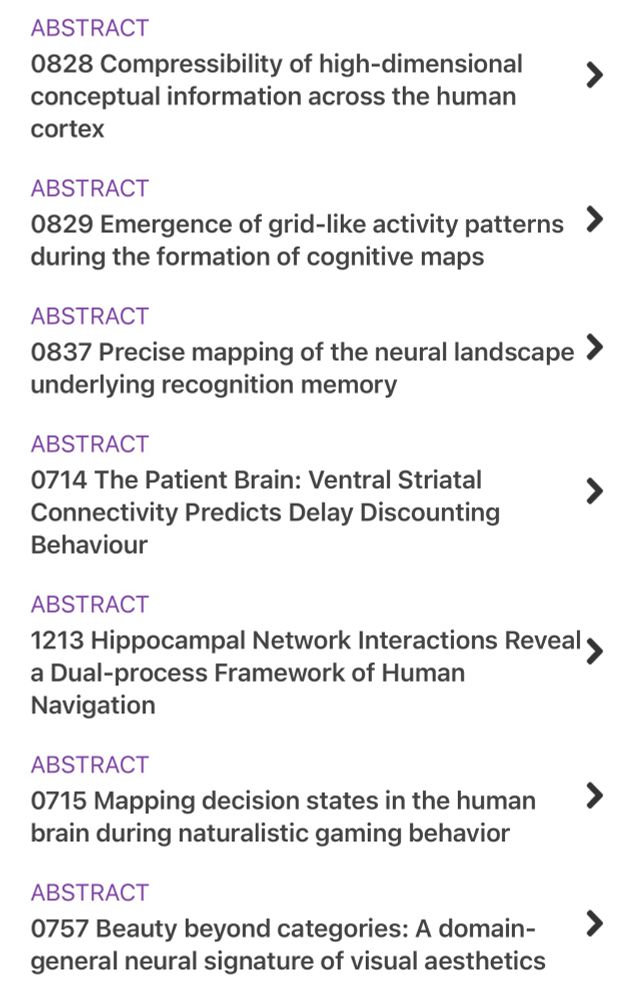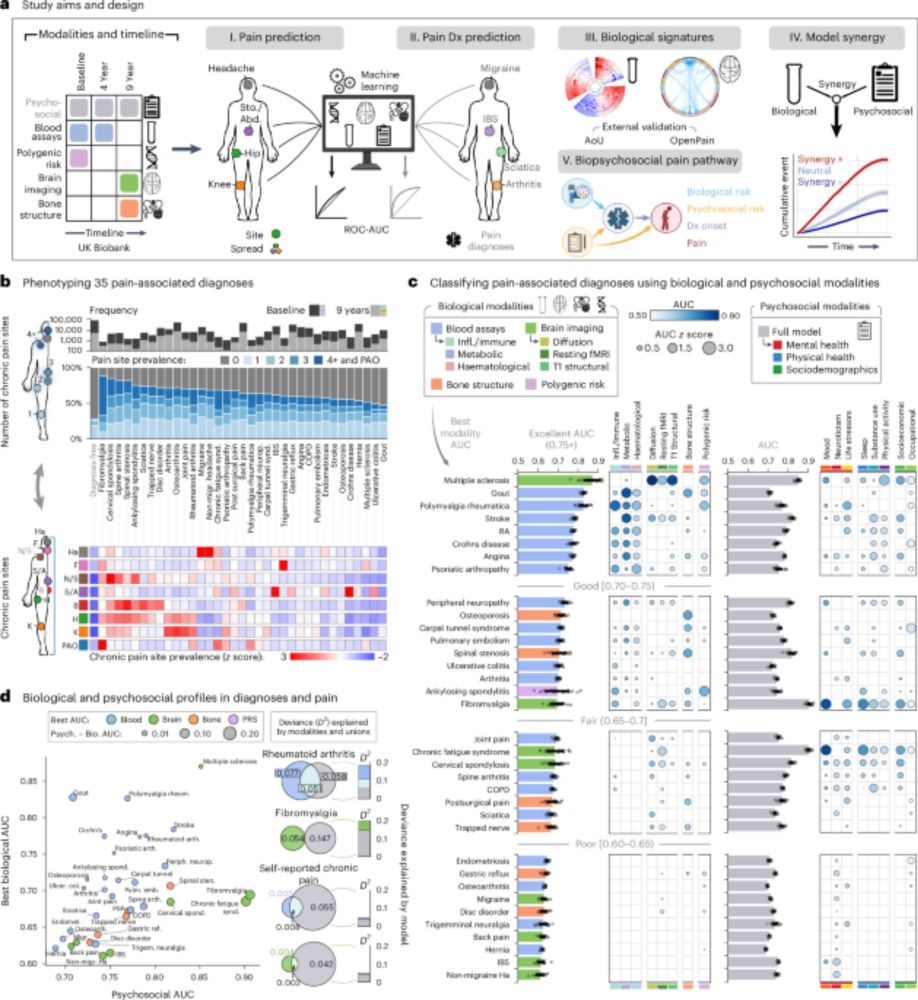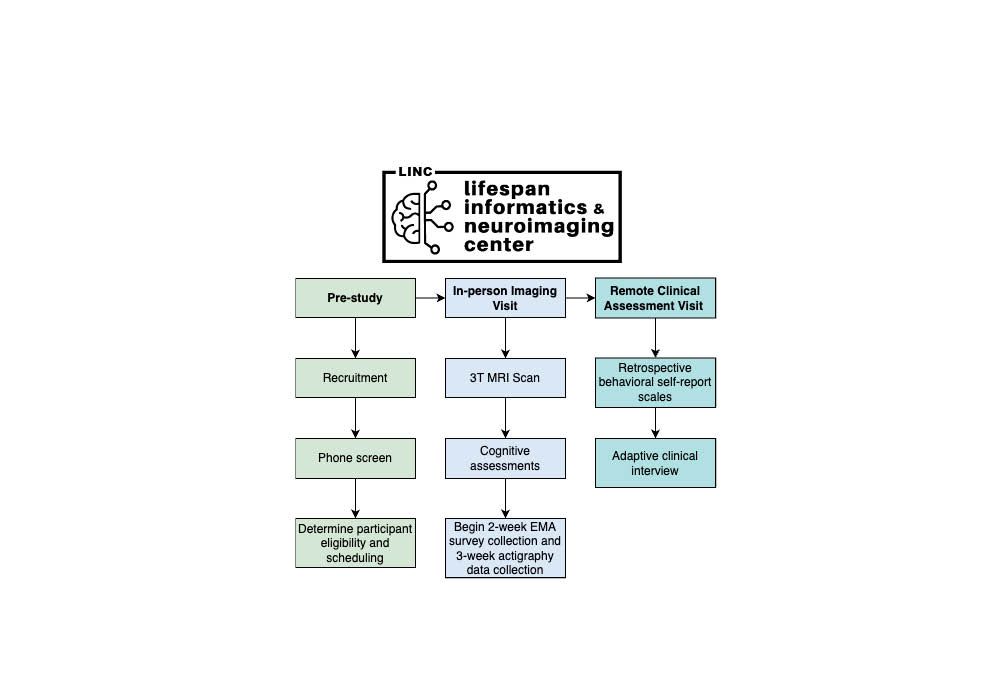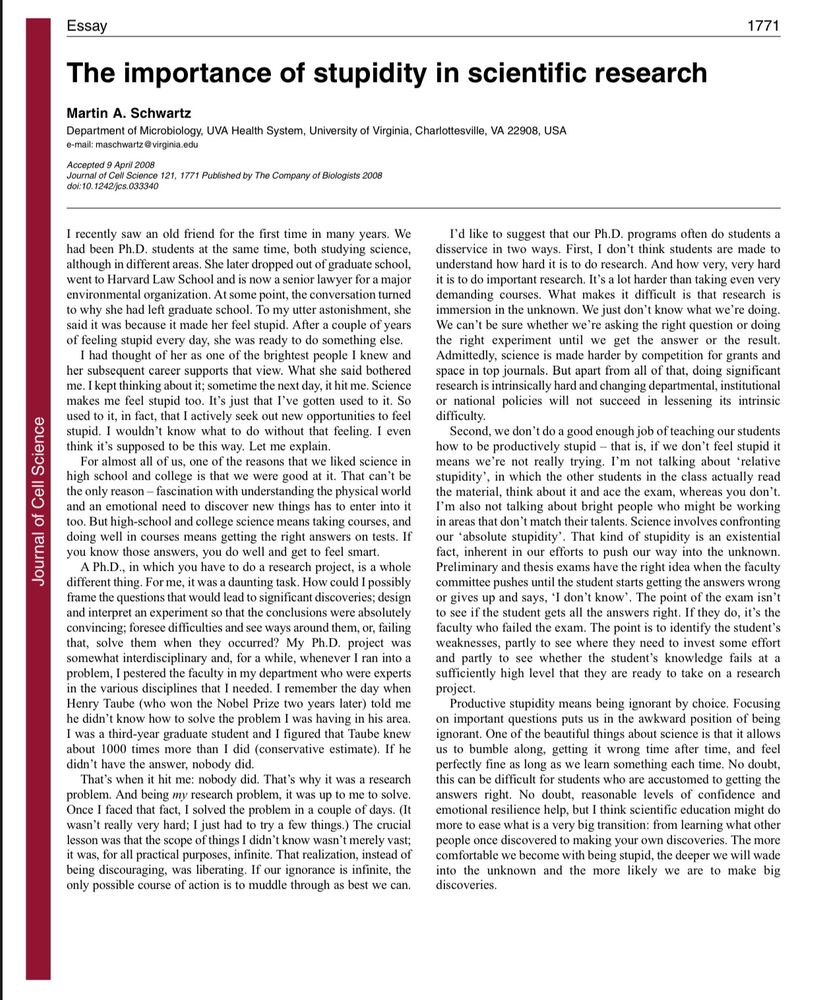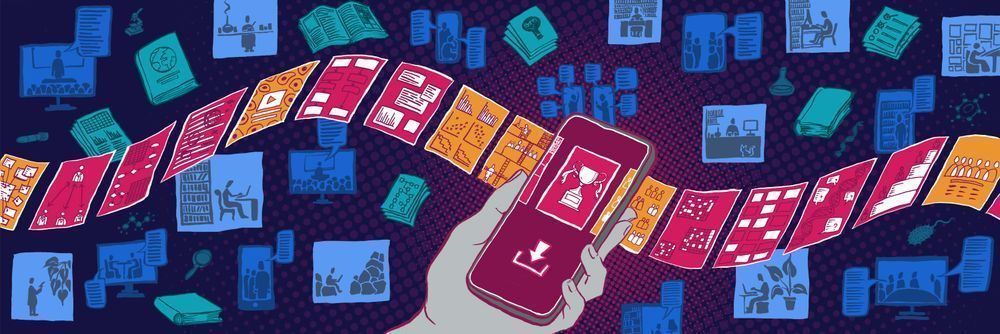Suhwan Gim
@suhwangim.bsky.social
140 followers
600 following
10 posts
Postdoc, SCNlab, Dept of Biobehavioral Health, Penn State.
"Neural and behavioral mechanisms of interindividual variability of physical and mental health"
Posts
Media
Videos
Starter Packs
Pinned
Suhwan Gim
@suhwangim.bsky.social
· Nov 16
Reposted by Suhwan Gim
Hayoung Song
@hayoungsong.bsky.social
· Sep 5

A neural network with episodic memory learns causal relationships between narrative events
Humans reflect on past memories to make sense of an ongoing event. Past work has shown that people retrieve causally related past events during comprehension, but the exact process by which this causa...
www.biorxiv.org
Reposted by Suhwan Gim
Hayoung Song
@hayoungsong.bsky.social
· Aug 12

Geometry of neural dynamics along the cortical attractor landscape reflects changes in attention
The brain is a complex dynamical system whose activity reflects changes in internal states, such as attention. While prior work has shown that large-scale brain activity reflects attention, the mechan...
www.biorxiv.org
Reposted by Suhwan Gim
Reposted by Suhwan Gim
Reposted by Suhwan Gim
Reposted by Suhwan Gim
Reposted by Suhwan Gim
Jiwoong Park
@jiwoongpark.bsky.social
· Jun 23
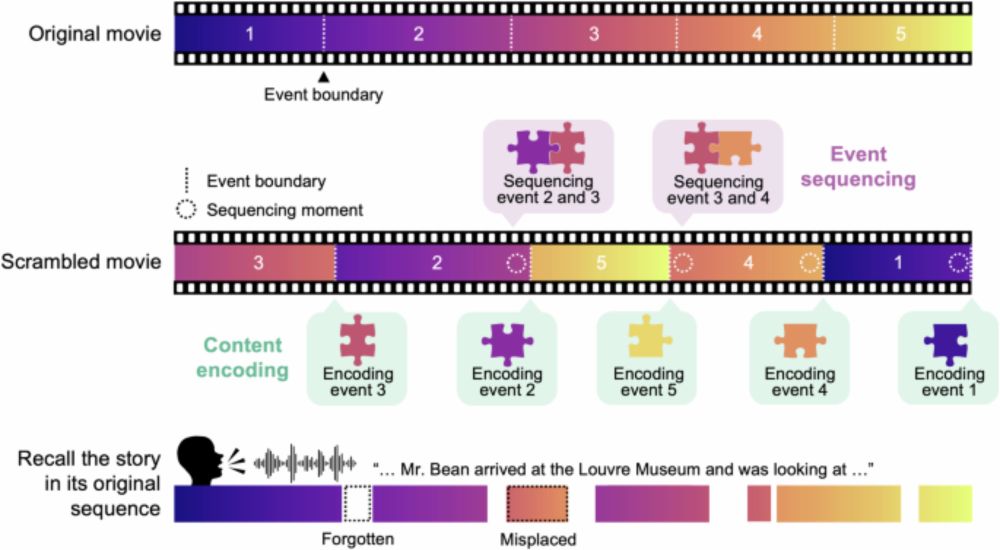
Hippocampal systems for event encoding and sequencing during ongoing narrative comprehension - Communications Biology
Distinct hippocampal-cortical systems support the encoding and sequencing of narrative events during ongoing comprehension, revealing how episodic memory integrates past and present information into c...
www.nature.com
Reposted by Suhwan Gim
Reposted by Suhwan Gim
Reposted by Suhwan Gim
Dasom Kwon
@dskwon.bsky.social
· Jan 28

Coordinated representations for naturalistic memory encoding and retrieval in hippocampal neural subspaces - Nature Communications
In this study, the authors show that novelty encoding aligns with memory formation in the hippocampus but not with memory retrieval, and that hippocampal components involved in each process reflect it...
www.nature.com
Reposted by Suhwan Gim
Suhwan Gim
@suhwangim.bsky.social
· Nov 29

Spatiotemporal integration of contextual and sensory information within the cortical hierarchy in human pain experience
When we experience pain, the sensory input is modulated by contextual information. This neuroimaging study shows how expectation and sensory input are integrated in the human brain during pain percept...
plos.io
Suhwan Gim
@suhwangim.bsky.social
· Nov 16
Suhwan Gim
@suhwangim.bsky.social
· Jan 26
Suhwan Gim
@suhwangim.bsky.social
· Jan 26

